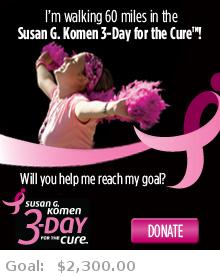
Behold: close to 2 solid hours of ironing. My most prized art tool is the iron, followed closely by the sewing machine. Without them, nothing would ever get done.



French knots (personal favorite) and tiny stitches.
Secondly, I got this sweet book called "Queer Pulp" that discusses the "golden age" of the paperback book during the 50's and 60's. During this time a lot of books were published, some of the most popular (not just among homosexuals) were ones with gay or lesbian themes. Remember, this was the era when Kinsey's findings on human sexuality totally rocked our country (and helped lead to the "free love" era of the 60's and continues to shape our perceptions of sexuality and sexual orientation today). So, publishing houses were looking for a cheap cash cow and found it in the paperback and particularly with writers that had some more sensational themes within their texts, like a forbidden love affair. And mainstream readers (aka - straight people) often felt safe reading these books because publishing houses insisted that the homosexual love affairs end tragically (thereby reinforcing the lesson that homosexuality was bad, but you the reader could safely read about it all you wanted). Anyway, these double-standards from the past (as well as the double-standards today regarding the queer population in our country) really fascinate me. I'm engaged to get married, and I'm ecstatic that I get to be with Brendan for the rest of my life and benefit from this partnership, but when I think about the "what ifs?", like if I'd found my partner in another woman or if we were two gay men or what and if our eternal bond was recognized only in a few states and everything about our lives was conditional upon how others judged our union, I'd be heartbroken.
Also, the linens I got were off of Ebay, already worked on (like those great yellow, green and purple flowers in the photo above), probably by someone's grandma. They're from the same time period as these paperbacks were coming out and I like the combination of the domestic "women's work" of the household linens (hankies, table runners, pillow cases, a couple of aprons) and reproducing in embroidery these book cover illustrations.
"Helen" was already sewn onto this piece by the previous owner. It's incredibly tight and delicate stitching, which I'm painstakingly trying to replicate in the line work I'm doing of the illustration from "Jesse, Man of the Streets". Whoever stitched "Helen" was a master. Picture can't capture just how mind-blowing the stitching is.
Also, the linens I got were off of Ebay, already worked on (like those great yellow, green and purple flowers in the photo above), probably by someone's grandma. They're from the same time period as these paperbacks were coming out and I like the combination of the domestic "women's work" of the household linens (hankies, table runners, pillow cases, a couple of aprons) and reproducing in embroidery these book cover illustrations.
"Helen" was already sewn onto this piece by the previous owner. It's incredibly tight and delicate stitching, which I'm painstakingly trying to replicate in the line work I'm doing of the illustration from "Jesse, Man of the Streets". Whoever stitched "Helen" was a master. Picture can't capture just how mind-blowing the stitching is.
Jesse and Helen meet.
Anyway, the objective is to let the previous embroidery work help dictate how the book illustrations will be rendered, thereby harmoniously synthesizing these two past worlds into something new and (hopefully) poignant or at least interesting. I know I'm interested but I could be the only one. Meh, that's good enough for me. :)










No comments:
Post a Comment